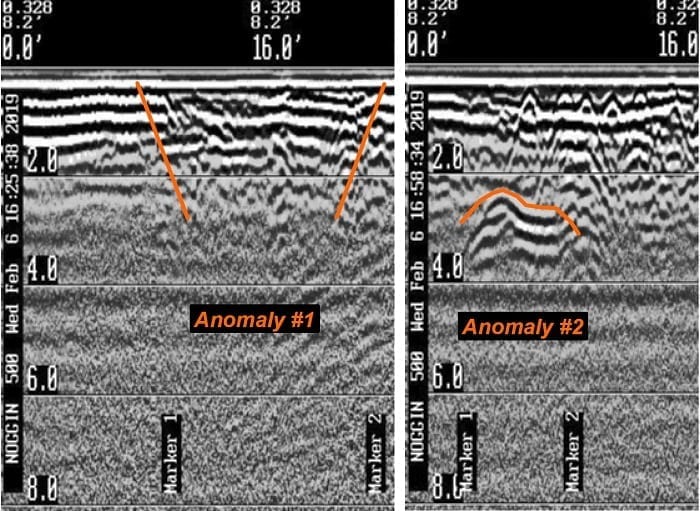All Categories
Featured
Table of Contents
Recent Advances In Optimized Geophysical Survey Design in Bull Creek Oz 2021
Time slice from 23 to 25ns. This last slice is now almost all blank, but a few of the walls are still showing strongly.
How deep are these slices? The software application I have access to makes estimating the depth a little challenging. If, however, the top 3 pieces represent the ploughsoil, which is most likely about 30cm think, I would think that each slice has to do with 10cm and we are only getting down about 80cm in total.

Luckily for us, many of the sites we have an interest in lie simply below the plough zone, so it'll do! How does this compare to the other approaches? Comparison of the Earth Resistance data (leading left), the magnetometry (bottom left), the 1517ns time piece (leading right) and the 1921ns time piece (bottom left).
Marine Geophysical Surveying - in Leederville Western Australia 2022
Magnetometry, as gone over above, is a passive method determining local variations in magnetism against a localised no worth. Magnetic susceptibility survey is an active technique: it is a procedure of how magnetic a sample of sediment could be in the existence of an electromagnetic field. How much soil is evaluated depends upon the size of the test coil: it can be extremely small or it can be relatively big.
The sensor in this case is extremely small and samples a tiny sample of soil. The Bartington magnetic susceptibility meter with a large "field coil" in use at Verulamium during the course in 2013. Leading soil will be magnetically improved compared to subsoils merely due to natural oxidation and decrease.
By measuring magnetic susceptibility at a fairly coarse scale, we can detect locations of human profession and middens. Regrettably, we do not have access to a reputable mag sus meter, but Jarrod Burks (who assisted teach at the course in 2013) has some excellent examples. One of which is the Wildcat site in Ohio.
Airborne Geophysical Methods in Warnbro Western Australia 2020
These villages are typically laid out around a main open location or plaza, such as this reconstructed example at Sunwatch, Dayton, Ohio. Sunwatch Town, Dayton, Ohio (picture: Jarrod Burks). At the Wildcat site, the magnetometer survey had actually located a range of features and homes. The magnetic vulnerability study assisted, however, define the main location of profession and midden which surrounded the more open area.
Jarrod Burks' magnetic vulnerability study results from the Wildcat website, Ohio. Red is high, blue is low. The strategy is therefore of excellent usage in defining locations of basic profession instead of recognizing specific functions.
Geophysical surveying is a used branch of geophysics, which uses seismic, gravitational, magnetic, electrical and electromagnetic physical approaches at the Earth's surface to measure the physical homes of the subsurface - Geophysical Surveys - U.s. Geological Survey in Helena Valley Western Australia 2022. Geophysical surveying approaches generally measure these geophysical homes in addition to abnormalities in order to examine various subsurface conditions such as the existence of groundwater, bedrock, minerals, oil and gas, geothermal resources, voids and cavities, and a lot more.
Table of Contents
Latest Posts
Glad You Asked: What Are Seismic Surveys? in Mt Helena Oz 2023
Geophysical Survey Services - Geophysical Test Methods in East Fremantle Oz 2021
Marine Geophysical Surveying - in Butler Oz 2021
More
Latest Posts
Glad You Asked: What Are Seismic Surveys? in Mt Helena Oz 2023
Geophysical Survey Services - Geophysical Test Methods in East Fremantle Oz 2021
Marine Geophysical Surveying - in Butler Oz 2021